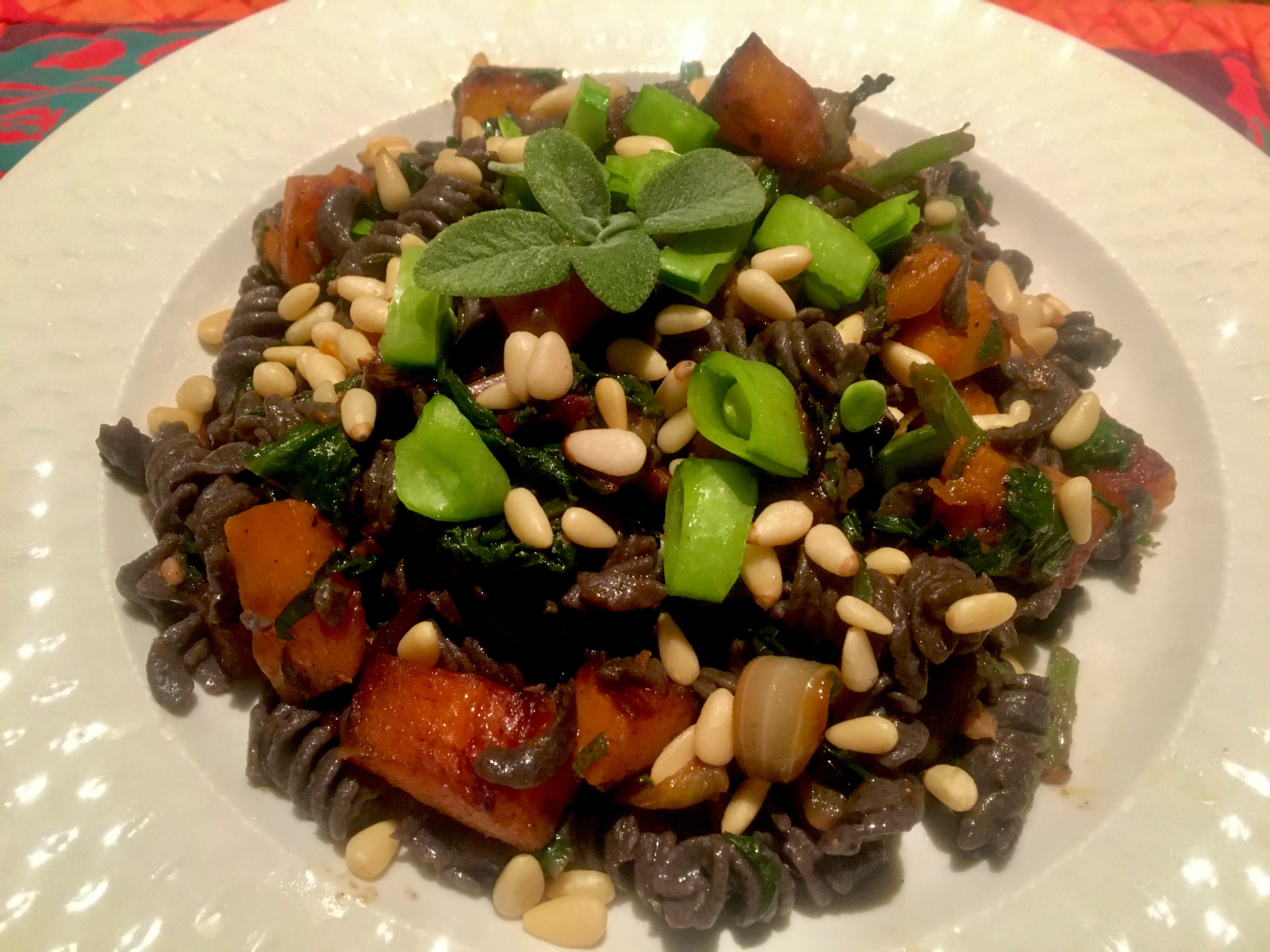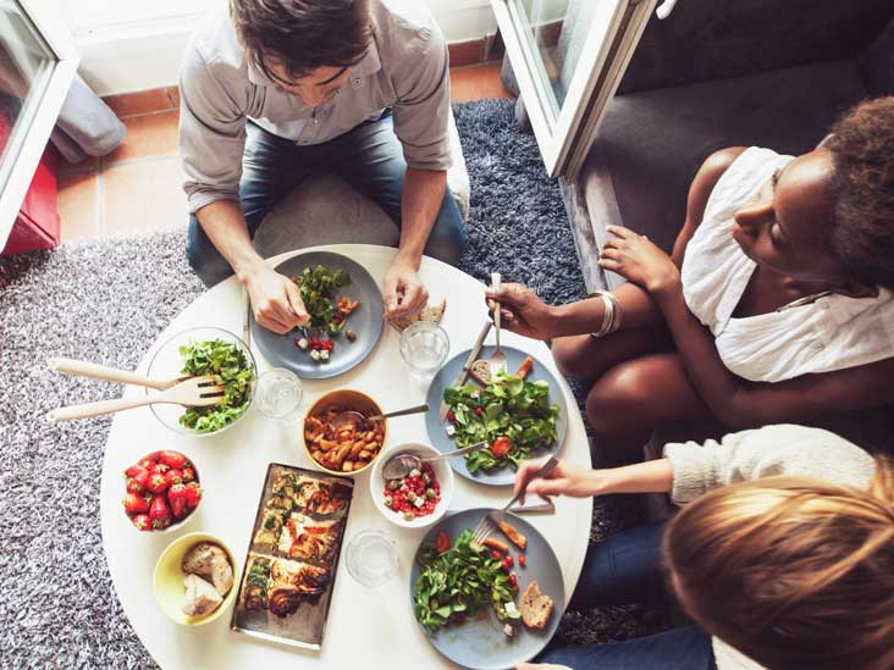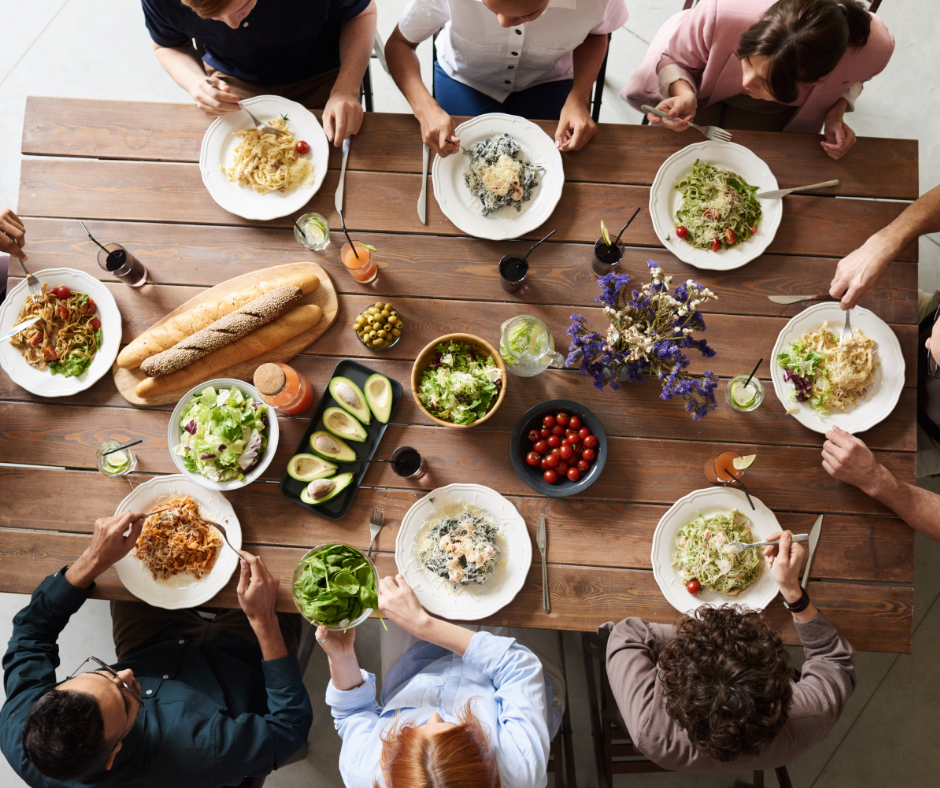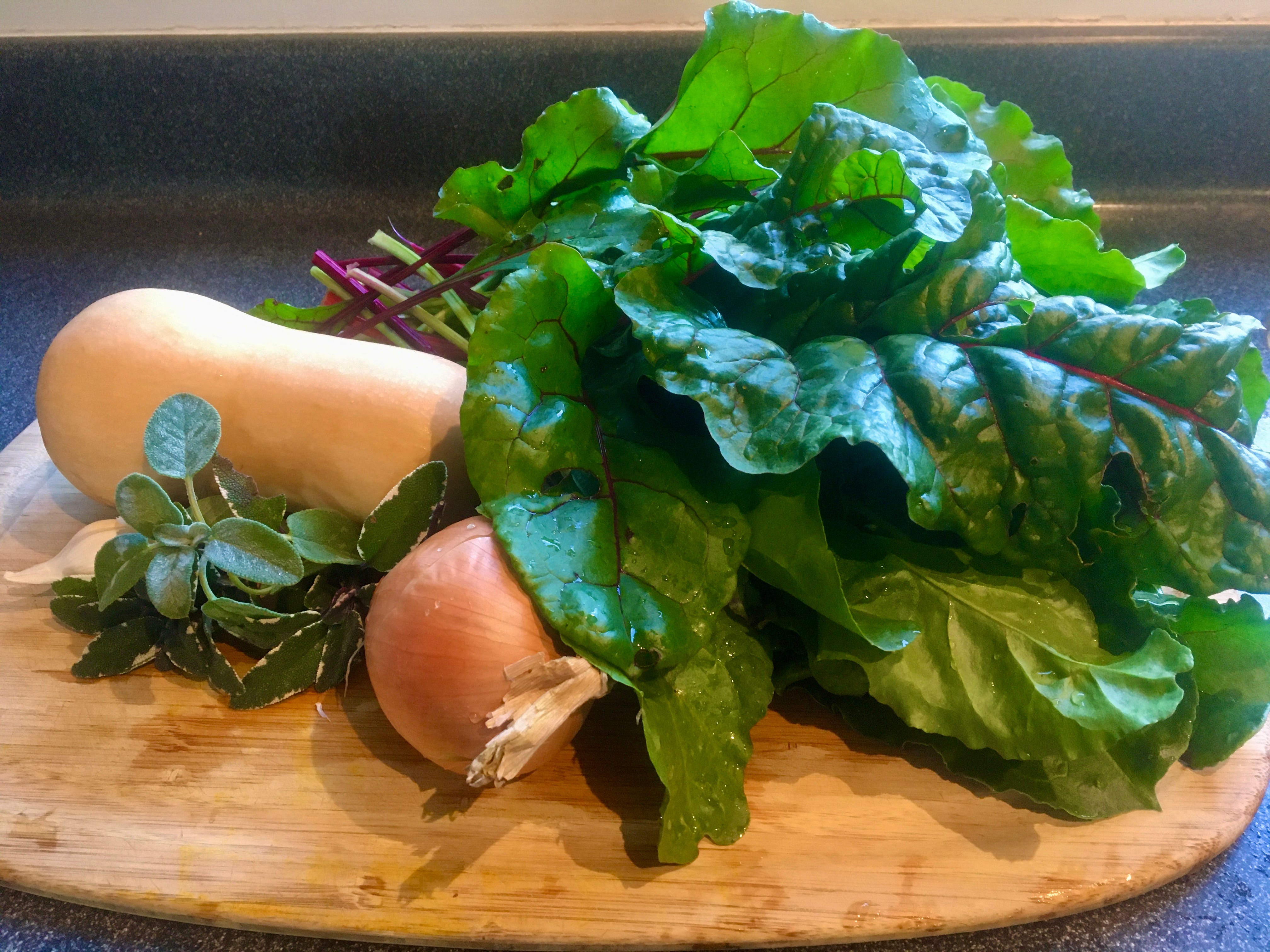Seeking Comfort in Food Without Wrecking your Health
Marilyn Tam
12/20/20 | Motivation
Seeking Comfort in Food Without Wrecking your Health
How to enjoy the nostalgic nurture of comfort food and still eat healthy

It’s been a tough year. Many of us turn to food to soothe our spirits especially during this holiday season. Specifically, calorie laden, fat, sugar, salt and carbo heavy foods. These gut bombs give us momentary solace and then upset our stomachs, pack on the pounds and generally makes us sorry we ate them later.
It’s natural to search for relief from stress in small and big ways. How do we ease the tension and anxiety without making ourselves feel worse? Food seems to be a natural. And it can be if we adjust our behavior and the ingredients in our comfort foods, giving our physical, sentimental and emotional selves, relief while nurturing our bodies with nutrients. It’s doable when you keep a few points in mind.
1. Pause before you reach.
Impulse buying and eating of fast foods, takeaways, salted and high fat/sugar snacks and heavy use of ready-made sauces and mixes in cooking is closely correlated to when a person is stressed, feeling pressured and/or hungry. The National Institute of Health has shown that we do not make the best decisions when we are preoccupied, tense or famished. Recognizing this, pause what you are doing when you sense rising anxiety, frustration or hunger. Take the time to do what you need to destress, breathe deeply, center yourself, and/or find some nourishing snacks (nuts, a smoothie, fruit, cut up vegetables, hummus etc.) to replenish yourself before the urge to grab the unhealthy food takes over.

2. Make friends with your food.
When we eat mindlessly, we tend to overeat and also not really taste what we are eating. Savor your food as you would a friend or something precious. How shiny is that apple, how well-made is your sandwich, and colorful is the salad? What about the texture when you bite into it? The taste and mouth feel? When you eat consciously you enjoy what you are eating, and your body has a chance to register nourishment is entering your system. You will feel satiated sooner and will be ready to stop before you are over full.
3. Switch out negatives.
As we do in other aspects of our lives, learn how to replace the negative with something good for you; switch out nutritionally unhealthy ingredients with nutrient dense ones. We can still have fries, burgers and desserts when we exchange the unhealthy ones with better ones for our health. Air fries, plant-based burgers, naturally sweetened desserts with no hydrogenated oils etc. are delicious and nutritionally superior. Below is a recipe for a pasta dish that is tasty and nutritious. You get the comfort that pasta evokes in many people and all the ingredients are also good for you.
4. Taste and savor. Or avoid completely.
If you have a food craving for something that you know is not beneficial for your wellbeing, enjoy small amounts. Relish to the full the tastes and memories the food brings up for you. Then push it away after a small taste. Acknowledge that you indulged in the nostalgic pleasures of eating memories and now you are satisfied and back in the present.
For some, it is easier to never purchase or approach the unhealthy food(s) again. Completely eliminating certain item(s) is often simpler than trying to regulate the quantity consumed. You know your personality, choose the option that suits you.
5. Move your body.
The next time you want to reach for some unhealthy food, move your body instead. Stretch, do jumping jacks, go for a walk, dance, sing…. When you give your body new interesting input, the desire to appease that food craving will lessen and it may go away for the while. Have healthy easy to snack on foods available so that you can easily satisfy any genuine hunger and nourishment needs.
6. Create new food memories.
Develop new experiences with healthy food. Explore and create new dishes and snacks that are delicious and healthy. Share and cultivate interest in food and recipes with family, new and old friends who like healthy foods. Make friends and new memories by creating new recipes, rituals and bonding over nutritious food.
7. Be kind to yourself.
When you are under stress you are vulnerable to making less than the best food choices, give yourself some grace. Recognize that the strain is weighing on you and you have strayed from choosing the best way to nourish yourself. Stop the behavior and use the experience to help you refrain from repeating less wise choice again. After a few times you may notice that you catch yourself sooner and the healthy choice becomes easier. Give yourself credit for each improvement you make. You are learning new skills and forming new habits. It takes time.
Most of all many studies show that eating well is nourishing you and providing you with the nutrients that help balance your hormones and moods. The highs and lows that come from eating sugar and fat laden junk foods are gone. Your mood swings and depression will be moderated, and you may find that you are enjoying your new habits more and more! Share your interest and enthusiasm with others, you could become the new food expert!
Please enjoy the comfort food recipe that I developed using the produce from the garden below. With a few substitutions, here’s a pasta recipe that is delicious, satisfying and nutritious! Experiment and create, you may find that you have a knack for making food good and good for you! You can find more stories and recipes about the joy and benefits of eating well in my Medium blogs. Enjoy! Happy eating.

Roasted Butternut and Swiss Chard Pasta
Ingredients:
- 4 -5 cups peeled, cubed butternut squash
- 1 medium/large red onion chopped into slices lengthwise
- 3–4 tbs olive oil
- ½ tsp. paprika
- 1/4 tsp crushed red pepper flakes or to taste (optional)
- 12 oz. uncooked pasta (I used black bean rotini) You can make pasta gluten free and high protein by using black bean, lentil or a variety of quinoa, millet and brown rice pastas
- 1 large bunch of Swiss chard (cut into 1–2″ wide pieces) approximately 6 -7 cups
- 3 cloves garlic, minced
- 1 ½ tbsp. minced fresh sage
- ½ tsp. salt
- ¼ tsp. pepper
- 1 tsp coconut aminos
- 1–2 tbsp. pine nuts for garnish (optional)
- 1–2 tbsp. parsley or chopped sugar peas for garnish (optional)
Total Time:
Prep: 20 min. Bake/roast: 30 min.
4 servings
Directions:
- Preheat oven or heat up grill to 400°. Place the squash and onion in a 15x10x1-in. metal baking pan. Combine 1 ½ tbsp. olive oil, paprika, salt and pepper flakes drizzle over vegetables and toss to coat. Put pan in the oven or grill.
- Bake for 30–35 minutes or until brown and tender, stirring occasionally.
- Meanwhile cook pasta according to package directions, rinse and drain.
- Brown garlic in remaining olive oil, add chopped Swiss chard, sauté till soft, approximately 8 minutes. Add squash mixture, sage, cooked pasta, coconut aminos, salt and pepper and toss to combine. Season to taste.
- Serve with a garnish of pine nuts and chopped sugar snap peas or parsley
- Enjoy!
